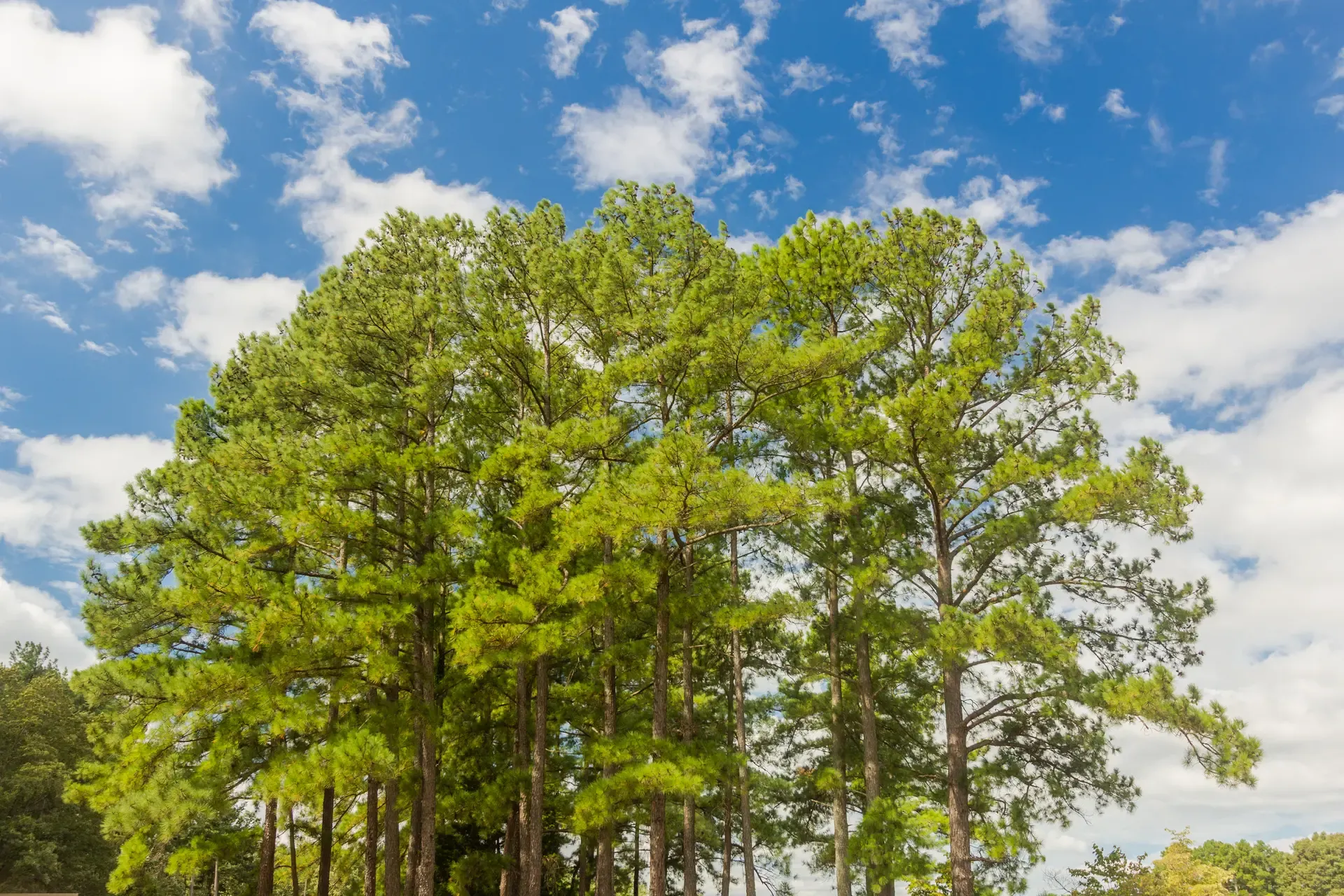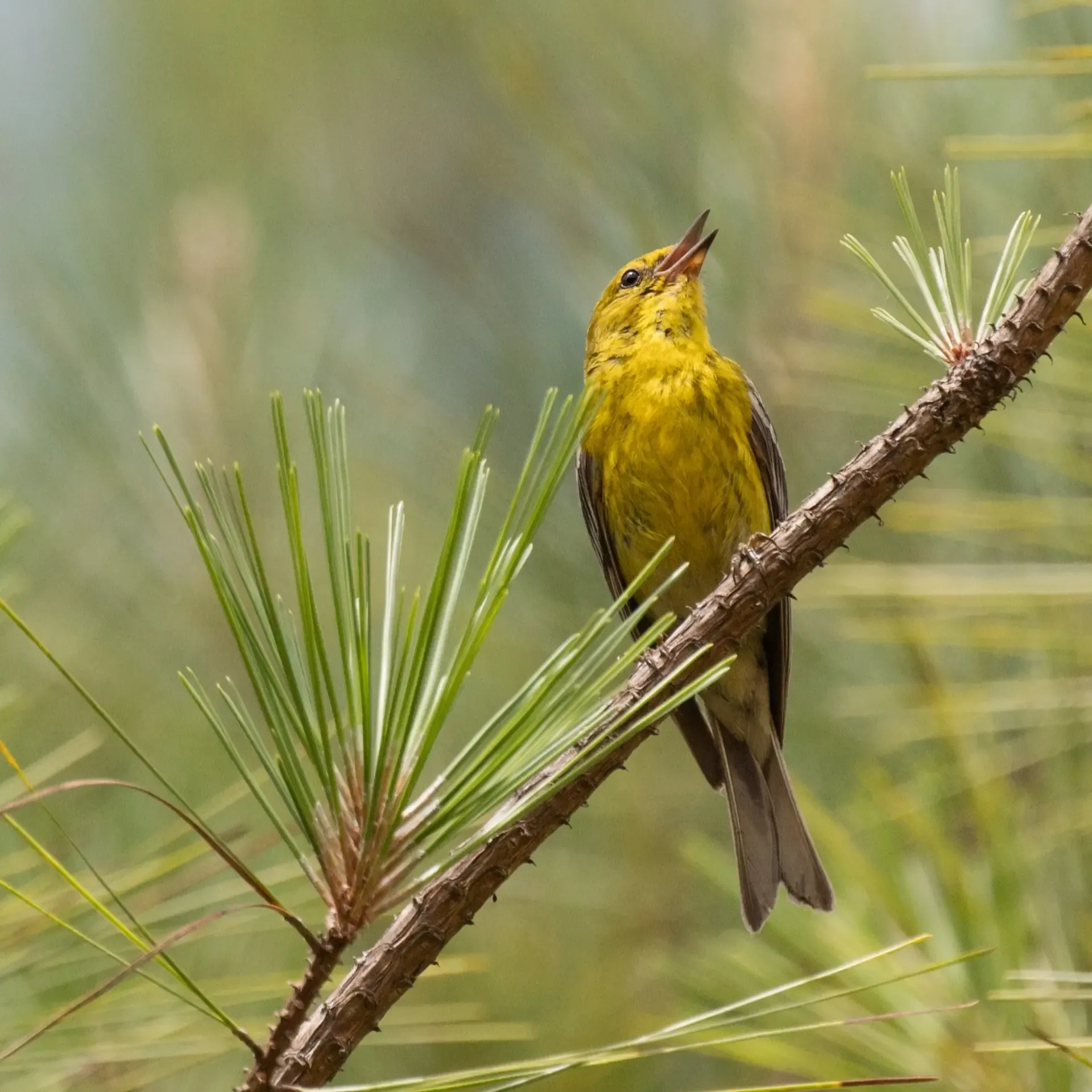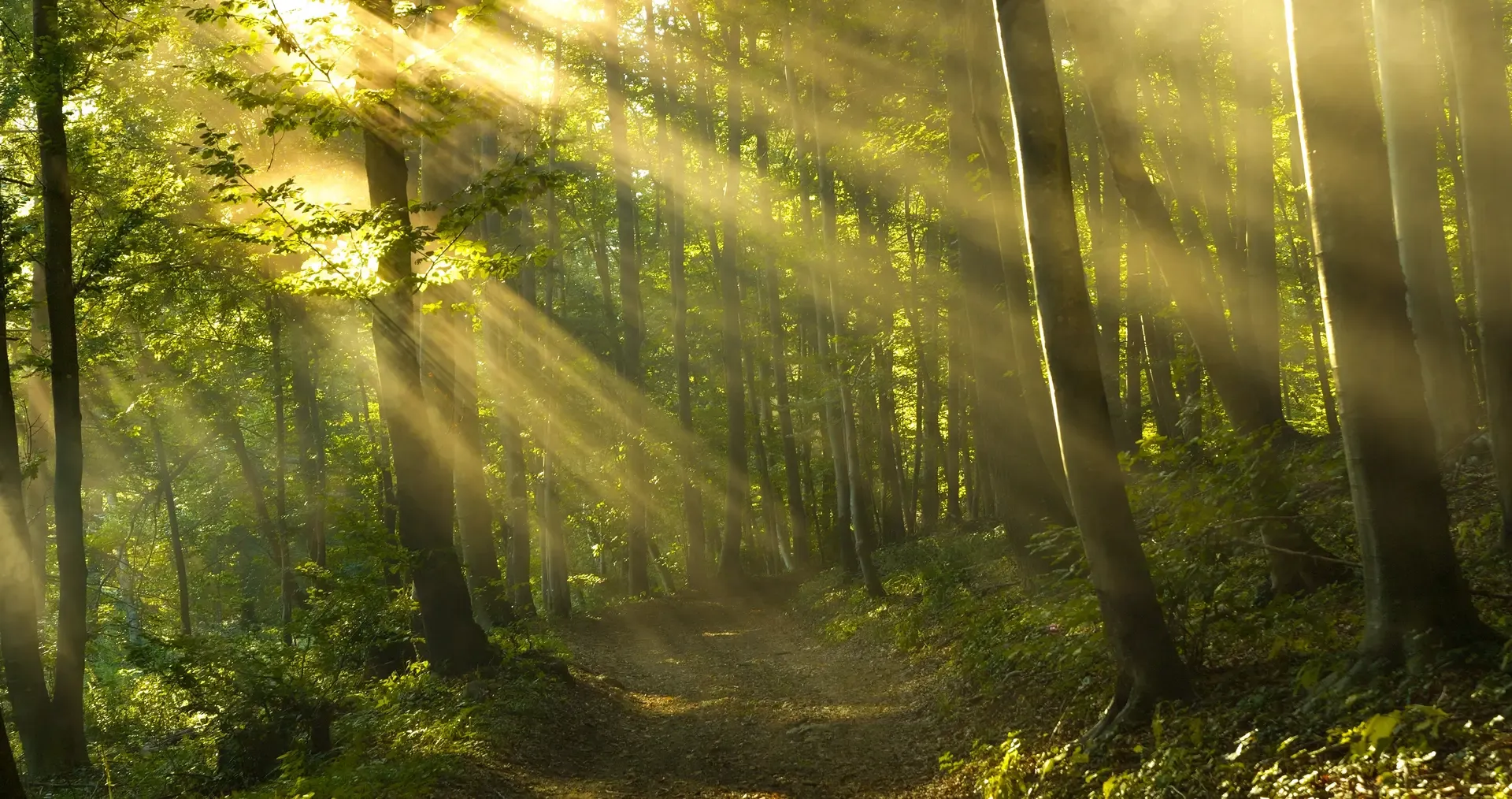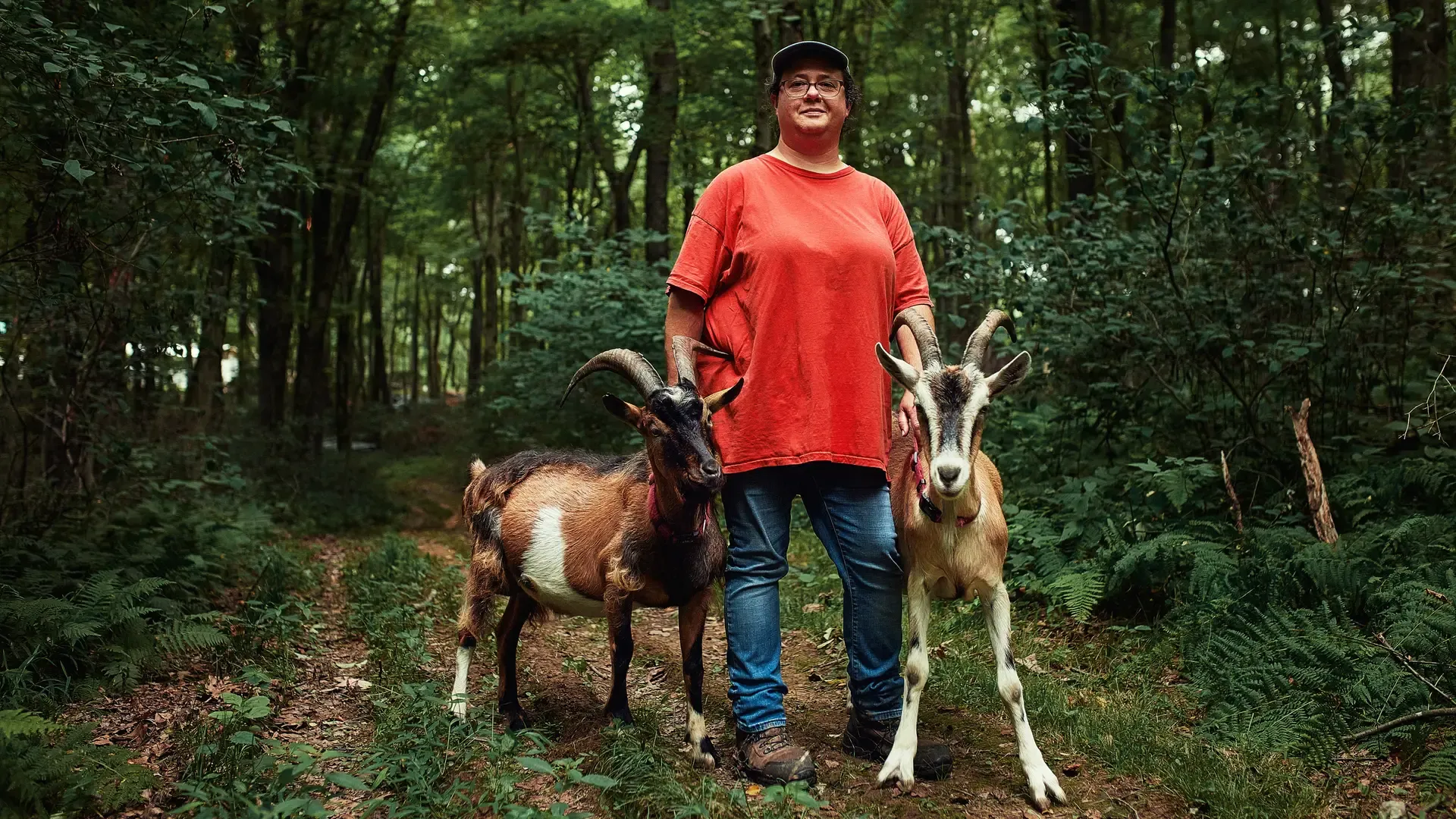Why Wildlife Loves Loblolly—And How These Pines Can Benefit Your Land

Loblolly Pines against a blue sky
A quiet stretch of pine trees can offer more than just scenery—it can provide vital habitat for wildlife across every season. Loblolly pine, the most common native tree species in the Southeast, plays a particularly important role in creating habitat for a wide variety of game and non-game species, from wild turkeys and rabbits to songbirds and squirrels. Through programs like Fields & Forests, planting loblolly pine can become a low-maintenance, low-risk investment in both your land’s future and your local ecosystem.
Here’s how loblolly pines support wildlife—and why they could be a great fit for your land:
A Habitat That Grows with Time Loblolly pine forests provide food and shelter for a wide range of wildlife species—including game animals like white-tailed deer, wild turkeys, bobwhite quail, rabbits, and squirrels, as well as songbirds like pine warblers and brown-headed nuthatches¹.
These species use the forest at different stages of its growth. For example: White-tailed deer and bobwhite quail are frequent visitors in the early years, when the open space between young trees allows grasses and forbs to grow—a favorite food source for both species² ³. As the trees mature and the canopy begins to close (usually after 8–10 years), some species will move on to find food elsewhere—unless you take steps to keep their habitat welcoming⁴.
Simple Management = Big Benefits
By spacing out the trees a bit more when planting, thinning the forest periodically, or using prescribed burns (where safe and permitted), landowners can help keep food sources available for longer. These practices not only improve habitat for wildlife, they can also lead to healthier, more valuable timber in the long run.
Wild turkeys, for example, thrive in mature pine forests with occasional open patches and regular burns that encourage new plant growth⁵ ⁶. Meanwhile, birds like the red-cockaded woodpecker rely on old-growth pine trees for nesting⁴.

Pine Warbler singing from a branch in a pine tree
A Boost Beyond the Forest
Loblolly pines do more than just support wildlife. They also stabilize soil, reduce erosion, and act as natural barriers to wind and noise—which is why they’re used widely in conservation and urban planning across the South⁷ ⁸.
By planting loblolly pine, you’re not only investing in the future of your land—you’re also creating space for the animals and ecosystems that make it ideal for recreational activities like hunting and birdwatching.
Plant Loblolly Pine with Fields & Forests
If you own land in Alabama, Georgia, Florida, or South Carolina, the Fields & Forests program offers an excellent opportunity to diversify your property through a new, sustainable income stream. By participating, you’ll also help promote healthy forests that increase your land’s long-term value.
Importantly, Fields & Forests participants maintain full ownership and control of their property, including the ability to continue using it for activities like hunting and birdwatching. In fact, the improvements to wildlife habitat that come with planting and managing loblolly pine can enhance both of these pursuits, making your land even more rewarding to explore and enjoy.
We encourage you to explore how Fields & Forests can support your land management goals. Visit our website to learn more or schedule a conversation with our team to discuss your options. Together, we can help you make the most of your land’s potential.
1. Smeltzer, R. H., R. L. Mott, and A. Mehra-Polta. "Influence of parental tree genotype in the potential for in vitro cloning propagation from loblolly pine embryos." Forest Biology Wood Chemical Conference, 1977, pp. 5–8. Tappi Press, Atlanta, GA. 2. Blair, R. M., and H. G. Enghardt. "Deer forage and overstory dynamics in a loblolly pine plantation." Journal of Range Management, vol. 29, no. 2, 1976, pp. 104–108. 3. Brunswig, N. L., and A. S. Johnson. "Bobwhite quail foods and populations in the Georgia Piedmont during the first seven years following site preparation." Proceedings of the Southeastern Association of Game and Fish Commissioners, vol. 26, 1972, pp. 96–107. 4. Halls, L. K., and J. J. Stransky. Atlas of Southern Forest Game. USDA Forest Service, Southern Forest Experiment Station, 1971. 5. Stoddard, H. L. Maintenance and Increase of the Eastern Wild Turkey on Private Lands of the Coastal Plain of the Deep Southeast. Tall Timbers Research Station, Bulletin 3, 1963. 6. Stransky, J. J., and L. K. Halls. "Timber and game food relations in pine-hardwood forests of the southern United States." Proceedings of the Fourteenth International Union of Forestry Research Organizations Congress, 1967, pp. 208–217. 7. Williston, H. L. "Guidelines for planting and maintaining loblolly pine and other cover for road bank stabilization." Tree Planters' Notes, vol. 22, no. 2, 1971, pp. 14–17. 8. Williston, H. L., and S. J. Ursic. "Planting loblolly pine for erosion control: a review." Tree Planters' Notes, vol. 30, no. 2, 1979, pp. 15–18.
Related Articles

May 28, 2025
New Report Details Innovative Approach to Permanence for Natural Climate Solutions
The American Forest Foundation released today “A Trust for Permanence: Enabling a New Generation of Permanent Nature-Based Credits in the Voluntary Carbon Market,” a new concept paper that details an innovative approach to ensuring the quality and integrity of credits produced through natural climate solutions (NCS).

March 25, 2025
Goats, Trees, & Community: the Power of Family Forests
The Family Forest Carbon Program has connected Monica with a forester who helps her navigate how to use her land more sustainably. Landowners often fear that enrolling in a carbon projects limits the way they can use their land, but Monica is proof that a property enrolled in FFCP can be just as versatile as any other.

May 30, 2025
FFCP By The Numbers: The Impact of 1,000 Landowners
The Family Forest Carbon Program started with a few small properties and now boasts 1,000 landowners enrolled, with a combined 143,000 acres of forests. The program’s growth has been exponential, seeing a 112% increase in enrollment over the past year. Piloted in Pennsylvania, where it now supports 237 landowners with 40,537 acres, it has made its way across 20 states with the thousandth landowner residing in Tennessee.